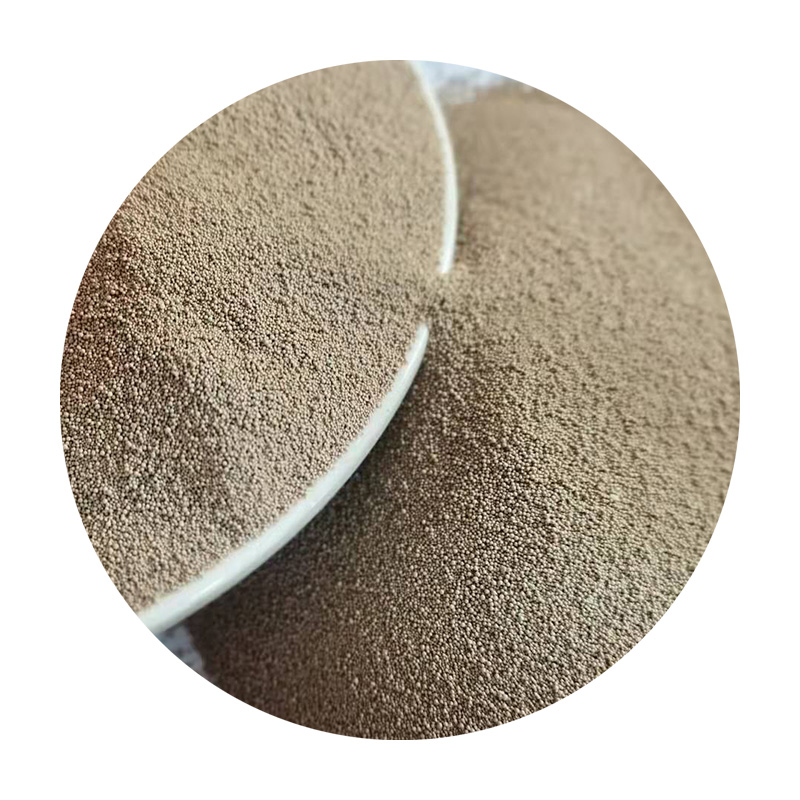The Evolution and Impact of 3D Printing with Sand
In recent years, 3D printing technology has made significant strides, revolutionizing a myriad of industries. Among these innovations, 3D printing with sand has emerged as a game-changer, particularly in the realms of construction, manufacturing, and art. This method leverages the versatility and cost-effectiveness of sand, paving the way for sustainable practices and complex designs that were previously unattainable.
Understanding 3D Printing with Sand
3D printing with sand primarily involves the use of a binder jetting process. In this method, specialized printers layer fine grains of sand, binding them together through a liquid adhesive. The process is both intricate and efficient, allowing for the creation of detailed molds and structures. This technology is not only applicable in the creation of prototypes but also in producing end-use parts and architectural elements.
The two most common materials used in sand 3D printing are silica sand and resin. Silica sand serves as the foundation providing structural integrity, while resin acts as the binding agent, ensuring the final object retains its shape and durability. The result is a lightweight yet sturdy product that can withstand various stressors.
Applications of Sand 3D Printing
The applications of sand 3D printing are vast and diverse. One of the most notable applications is in the manufacturing of molds and cores for metal casting. Traditional methods of creating these molds can be time-consuming and costly, requiring extensive manpower and resources. With sand 3D printing, manufacturers can quickly produce highly accurate molds tailored to specific needs, drastically reducing lead times and costs.
3d printing sand

In the construction industry, 3D printing with sand presents an exciting opportunity for innovative architectural designs. Architects can create complex shapes and forms that traditional construction methods may struggle to achieve. This capability allows for more creative freedom, enabling the realization of unique designs that enhance both functionality and aesthetics. Moreover, using sand as a primary material can lead to more sustainable construction practices, minimizing waste and promoting the use of local resources.
The art world has also begun to embrace 3D printing with sand. Artists are experimenting with this technology to create intricate sculptures and installations, pushing the boundaries of creativity. These artworks not only exhibit the artist's vision but also highlight the capabilities of modern technology in artistic expression.
Advantages of 3D Printing with Sand
One of the most significant advantages of 3D printing with sand is its environmental impact. Traditional manufacturing processes often generate substantial waste and consume large amounts of energy. In contrast, 3D printing is additive, meaning material is used only where necessary, significantly reducing waste. Additionally, sand is an abundant natural resource, making it a more sustainable option compared to other materials such as plastic or metal.
Cost-effectiveness is another critical benefit. With reduced material waste and quicker production times, companies can save money while still delivering high-quality products. The flexibility of the sand printing process allows for the production of small batches or even one-off designs, catering to niche markets without the high overhead costs associated with traditional manufacturing methods.
Conclusion
As technology continues to evolve, 3D printing with sand stands at the forefront of innovation across various fields. Its applications in manufacturing, construction, and art are just the beginning. As industries increasingly prioritize sustainability and efficiency, the demand for sand 3D printing is likely to grow. The fusion of creativity, technology, and environmental consciousness encapsulated in this method heralds a new era of design and production. Through the continued exploration and integration of sand 3D printing, we can anticipate a future where remarkable structures and products not only meet the demands of society but also respect the planet we inhabit.
Post time:Nov . 08, 2024 21:15
Next:advantages and disadvantages of sand casting process
